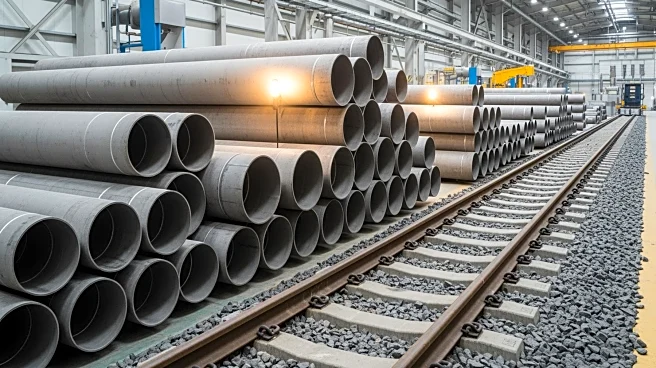What's Happening?
A new study published in Nature Communications examines the environmental impact of data centers in the U.S. and suggests optimal locations for future development. As tech companies like Meta and OpenAI
plan significant investments in U.S. infrastructure, including data centers, the study highlights the importance of choosing locations that minimize environmental harm. Factors such as state electricity sources and water scarcity were analyzed to determine the best states for data center installations. Texas, Montana, Nebraska, and South Dakota emerged as top candidates due to their balance of renewable energy and water availability.
Why It's Important?
The rapid expansion of data centers driven by the AI industry poses significant environmental challenges, including increased energy consumption and water usage. Identifying optimal locations for data centers can help mitigate these impacts by leveraging states with cleaner energy grids and sufficient water resources. This approach supports tech companies' sustainability goals and reduces the carbon footprint associated with data center operations. The findings of the study could influence future infrastructure planning and policy decisions in the tech industry.
What's Next?
As tech companies continue to expand their data center operations, they may consider relocating to states identified in the study to align with environmental sustainability goals. Policymakers and industry leaders may use the study's findings to guide infrastructure development and incentivize environmentally friendly practices. The focus on sustainable data center locations could lead to increased investment in renewable energy and water conservation efforts in the identified states.
Beyond the Headlines
The study's emphasis on environmental sustainability in data center development highlights broader ethical considerations in the tech industry. As companies strive to balance growth with environmental responsibility, they may face challenges in meeting net-zero promises. The findings could also prompt discussions on the role of government incentives in promoting sustainable infrastructure development.













